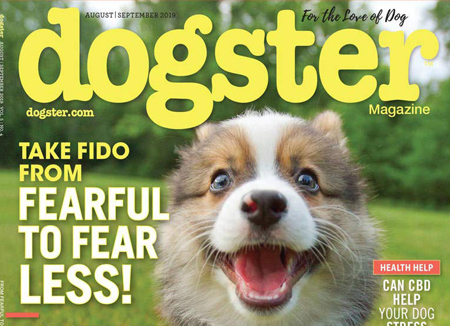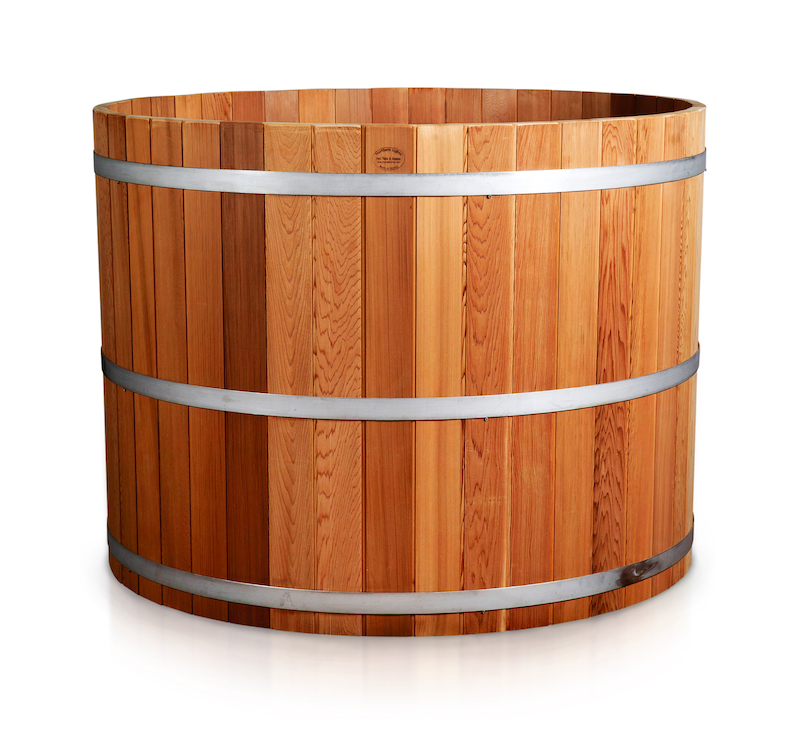Conversion Copywriter
"Josh, your emails are kicking ass! Up over 11%+ conversion rate from 7.22% "
Adam Young, President, Community Service Help
Answers to questions you may have about my Conversion direct response copywriting
A: Old school copywriting refers to classic, time-tested techniques developed by advertising legends like David Ogilvy, Eugene Schwartz, and Gary Halbert. These copywriters didn’t just write—they sold. At the heart of their work was the sales letter -- one-to-one communication which exhibited deep customer understanding, bold headlines, clear benefits, irresistible offers, and strong calls to action.
A: Great question. While platforms have changed, human psychology hasn’t. People still buy for emotional reasons and justify with logic. Old school techniques are rooted in persuasion that transcends medium. Today’s high-performing funnels, landing pages, and email sequences? Many are built on the same foundations—just adapted for digital.
A: Absolutely. Take the “problem-agitate-solution” (PAS) formula—used in direct mail 50 years ago, still a killer in today’s email campaigns. Or the use of curiosity-driven headlines (like “The Secret They Don’t Want You to Know”)—now a staple in Facebook ads and YouTube thumbnails. These techniques have simply evolved with the medium.
A: Conversion copywriting is the modern label. It focuses on results—clicks, sign-ups, purchases. Old school copywriting is the engine behind it. Think of it as the DNA that powers conversion-driven content. When you blend both—timeless persuasion with modern data—you get copy that doesn’t just sound good. It sells.
A: Smart marketers, founders, and CMOs who value results over trends. If you’re running paid traffic, launching products, or managing campaigns where every word counts, old school techniques give you an edge. Especially when your competitors are chasing shiny objects instead of proven principles.




.jpg)

